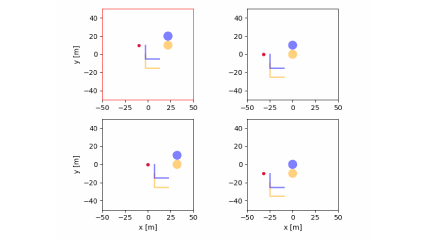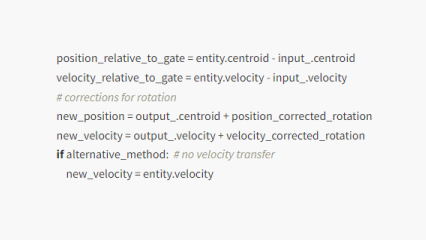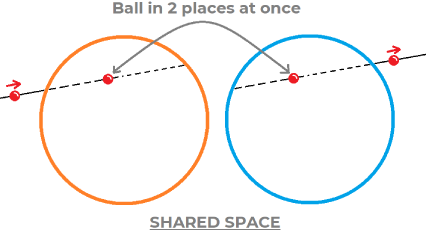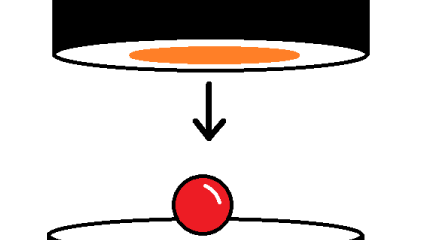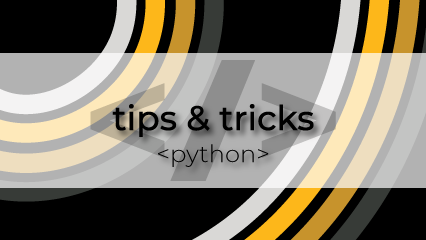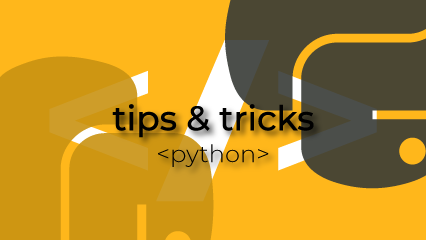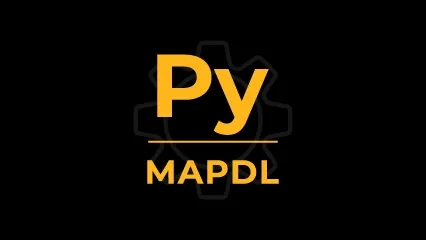Portal Paradox Part 3: The Portal Paradox Theory
| 01.25.2024We are on to the fourth installment (of five) in this series on the Portal Paradox. This article discusses the theory behind the paradox, and sets up a simulation using Python.
The Portal Paradox Part 2: How Portals Might *Actually* Look
| 01.22.2024The third installment in this five-part series asks "what might a portal actually look like?" Obviously, we have a clear and concise answer to this question covered in this article.
The Portal Paradox Part 1: Portals as a Concept
| 01.17.2024In part two of a five-part series, this article explores the concepts behind portals. Here, James covers media depictions, the seeming properties that portals may have, what happens at their edges, and other important issues to clarify before getting into the physics of this series.
The Portal Paradox: An Investigation
| 01.16.2024What is the portal paradox? The first in a five-part series, this article introduces the Portal Paradox, and explains how the rest of the series will work through the problem.
A Guide to Streamlining CFD Simulations and Reporting
| 11.28.2023How can you turn raw data into a useful format for obtaining valuable insights? Tools like Ansys Dynamic Reporting help make this a reality. This article covers ways to utilize the PyAnsys ecosystem to streamline CFD simulations and generate comprehensive reports using PyFluent and PyDynamicReporting. It demonstrates access and integration of generated reports with modern tech stacks, for use within an end-to-end workflow as a web application.
venv and Virtual Environments
| 10.30.2023Developers often turn to GUI-based environment managers to avoid working with virtual environments on the command line. It is useful to know about what's going on "under the hood" when using these tools, and they may not always be available to you in the future. So long as you have a computer and an installation of Python you'll have a command line/terminal and the power to make virtual environments. This article provides a guide to using this functionality.
Introduction to PyAEDT
| 10.23.2023PyAEDT is a natural evolution of the AEDT scripting tools that supports Python. By wrapping the proprietary AEDT scripting interface in Python commands, and packaging the result as a Python library that can be easily used by Python developers, PyAEDT allows the use of AEDT from Python directly.
Biomedical Catheter Design Analysis
| 10.03.2023In this article, we explore the mechanical behavior of a flexible, biomedical catheter under large deformation. Using the scripting capabilities of PyMAPDL, we perform an iterative analysis to evaluate the apparent flexural rigidity of the catheter under different design configurations.
